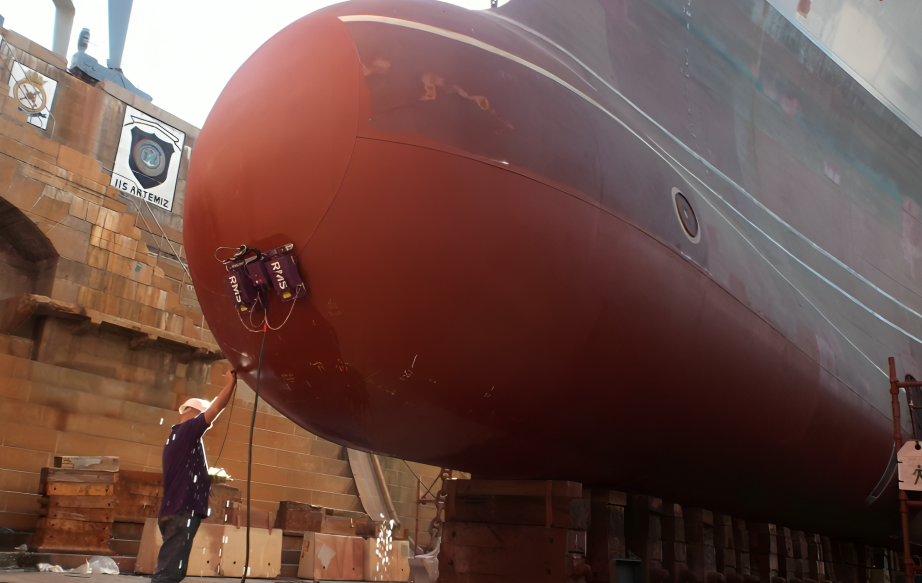Deck plates are an essential component of shipboard infrastructure, providing safe and sturdy flooring for crew and cargo alike. Understanding the different types, materials, and regulations surrounding deck plates is crucial for ensuring the safety and efficiency of maritime operations.
What is a Deck Plate?
A deck plate, also known as a hatch cover, is a large, flat plate that covers an opening in a ship’s deck. It serves several purposes, including providing access to compartments below deck, sealing off these compartments from water, and providing a safe walking surface for crew members.
Types of Deck Plates
There are several types of deck plates used onboard ships, including non-slip deck plates, diamond-plate deck plates, and flat deck plates. Each type is designed for specific purposes and environments.
- Non-slip Deck Plates: These deck plates are designed to provide traction and prevent slips and falls, especially in wet or oily conditions.
- Diamond-Plate Deck Plates: Diamond-plate deck plates feature a raised diamond pattern, which provides additional grip and durability, making them ideal for heavy-duty applications.
- Flat Deck Plates: Flat deck plates are simple, flat plates used in areas where slip resistance is not a primary concern.
Materials Used for Deck Plates
Deck plates are typically made from steel, aluminum, or composite materials. Each material has its advantages and disadvantages in terms of strength, weight, and corrosion resistance.
- Steel Deck Plates: Steel deck plates are strong and durable, making them suitable for heavy-duty applications. However, they are prone to corrosion and require regular maintenance.
- Aluminum Deck Plates: Aluminum deck plates are lightweight and corrosion-resistant, making them ideal for use in marine environments. However, they may not be as strong as steel deck plates.
- Composite Deck Plates: Composite deck plates are made from a combination of materials, such as fiberglass and resin. They offer a good balance of strength, weight, and corrosion resistance.
IMO & CLASS specific regulations governing the use of deck plates on ships
The International Maritime Organization (IMO) and Classification Societies have specific regulations and guidelines governing the use of deck plates on ships. Here are some key points:
- Strength and Integrity: Deck plates must be of sufficient strength and integrity to withstand the loads and stresses encountered during normal operations and in adverse conditions.
- Material Requirements: Deck plates should be made of materials that meet specified standards for strength, durability, and corrosion resistance. Common materials include steel, aluminum, and composite materials.
- Thickness Requirements: Minimum thickness requirements are often specified to ensure that deck plates can support the intended loads without deformation or failure.
- Welding Procedures: Welding of deck plates must be carried out according to approved procedures to ensure structural integrity and prevent defects that could compromise safety.
- Corrosion Protection: Deck plates must be protected against corrosion, either through the use of corrosion-resistant materials or through coatings and treatments that provide adequate protection.
- Securing and Fastening: Deck plates must be securely fastened and secured to prevent them from becoming loose or dislodged during operations.
- Inspection and Maintenance: Regular inspection and maintenance of deck plates are required to ensure they remain in good condition and meet the required standards.
Classification societies such as Lloyd’s Register, DNV, ABS, and others provide detailed rules and guidelines for the design, construction, and maintenance of deck plates on ships, which must be followed to ensure compliance with international regulations and standards.
Installation and Maintenance of Deck Plates
Proper installation and maintenance of deck plates are essential for ensuring their longevity and effectiveness. Regular inspections and repairs can help prevent accidents and ensure the safety of crew members.
Importance of Deck Plates on Ships
Deck plates play a crucial role in maintaining the structural integrity of a ship and ensuring the safety of its crew and cargo. They provide a stable and secure walking surface, protect compartments below deck from water ingress, and help distribute loads evenly across the ship’s structure.
Safety Considerations for Deck Plates
Safety is paramount when it comes to deck plates. Proper maintenance, regular inspections, and adherence to safety regulations are essential for preventing accidents and injuries.
Regulations for Deck Plates on Ships
Deck plates onboard ships are subject to various regulations and standards to ensure their quality, durability, and safety. These regulations often dictate the materials, design, installation, and maintenance requirements for deck plates.
Deck plates are an integral part of shipboard infrastructure, providing safe and reliable flooring for crew and cargo. Understanding the different types, materials, and regulations surrounding deck plates is essential for ensuring the safety and efficiency of maritime operations.
You may also like,

